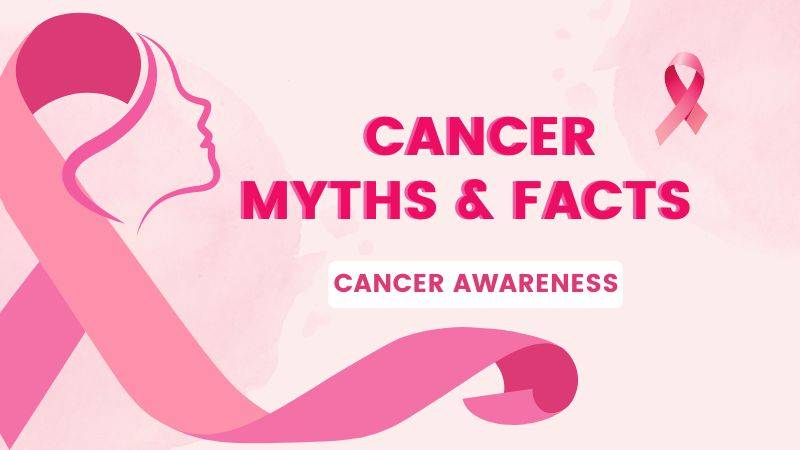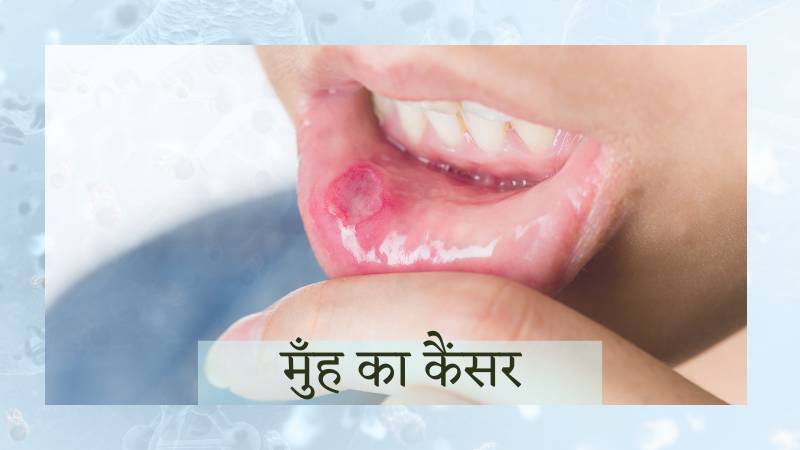Molly-Mae Hague, the 21-year-old influencer and former Love Island star turned to her Instagram followers for guidance as she discovered a “big lump” on her finger, just six months after undergoing surgery to remove a cancerous mole on her leg.
On her Insta Story, she revealed, “I have had a very weird/big lump on my finger for a while now. I’m unsure about its identity! Is it a bone or a nodule? Despite its size not being evident in this picture, it’s extremely prominent and doesn’t cause any discomfort. It’s just extremely hard!”

Molly-Mae previously shed tears after discovering that a mole on her leg was a form of skin cancer called malignant melanoma. Despite having consulted two dermatologists about the mole, she was initially told that it was benign.
This news has raised awareness in her fans about the dangers of skin cancer and the importance of early detection.
Through this article, let’s explore what malignant melanoma is, its causes, and the signs of skin cancer.
What is Malignant Melanoma?

Malignant melanoma, a type of skin cancer that develops in the cells that produce pigment.
It is a serious and potentially deadly cancer that can spread quickly to other parts of the body if not detected and treated early.
The primary cause of melanoma is exposure to ultraviolet light, which is emitted by the sun and used in tanning beds.
Malignant melanoma accounts for less than 1% of all skin cancers but causes the majority of skin cancer deaths.
Warning Signs
The primary indicators of melanoma skin cancer include the development of a new mole or changes in an existing mole.
Melanomas can manifest anywhere on the body but are more commonly found in areas that receive frequent sun exposure. In some instances, melanomas can affect typical sites, such as
- The eyes
- Soles of the feet
- Palms of the hands
- Genitals.
It is important to examine your skin regularly for any unusual changes.
Some common characteristics of melanomas include
- Moles with uneven shapes or edges: Unlike normal moles, which are typically round and smooth, melanomas can have two different-shaped halves and jagged edges.
- Melanomas can also be multi-colored, unlike normal moles, which are usually a single color.
- Melanomas are often larger than normal moles, frequently exceeding 6mm in width. Normal moles generally do not change over time, so any mole that changes in size, shape, or color may be a melanoma.
- Other symptoms to be aware of include moles that are swollen, painful, bleeding, itchy, or crusty.
Causes and Risk Factors
- Exposure to ultraviolet (UV) light from the sun and tanning beds is the primary cause of melanoma.
Although more common in older individuals, younger people can still develop melanoma.
Risk factors for melanoma include
- Having pale skin that easily burns in the sun
- Red or blonde hair
- Blue or green eyes
- A significant number of freckles or moles
- Frequent sun exposure and past sunburn
- A history of skin cancer in the family
- Personal medical history.
While individuals with black or brown skin have a lower risk of developing melanoma, it is still possible.
Melanoma in those with black or brown skin frequently appears on the soles of the feet, palms of the hands, or beneath a nail.
When to Consult a Doctor?
According to Dermatologist and British Skin Foundation spokesperson Dr. Anjali Mahto, if you have any concerns, it is mandatory to visit a dermatologist who can conduct a thorough skin examination and may excise a mole or take a biopsy of any unusual growths or patches on the skin.
The ABCDE acronym can also be used to determine if moles require evaluation:
- Asymmetry: if one half of the mole is different from the other.
- Border: if the edge of the mole is irregular, scalloped, or poorly defined.
- Color: if the mole has uneven or variable colors.
- Diameter: if the mole is larger than 6mm (about a quarter of an inch).
- Evolving: if the mole is changing in size, shape, or color.
However, it’s essential to note that not all melanomas follow the ABCDE rule, and if you notice anything unusual or concerning, you should seek medical advice.
Prevention of Skin Cancer
The best way to prevent skin cancer is to protect your skin from UV radiation. Some ways to protect your skin include:
- Wearing protective clothing, such as hats, long sleeves, and sunglasses
- Using sunscreen with a minimum SPF of 30 and reapplying it every two hours
- Avoiding tanning beds and sunlamps
- Seeking shade during peak sun hours (10 am to 4 pm)
How is it Diagnosed?

The following tests are typically used to diagnose melanoma:
Skin examination: A dermatologist or doctor will examine your skin to look for signs of melanoma.
Biopsy: A biopsy involves removing a sample of the suspicious skin tissue and examining it under a microscope to detect cancer cells.
Imaging tests: Imaging tests such as X-rays, CT scans, MRIs, and PET scans may be used to determine if melanoma has spread to other parts of the body.
Blood tests: Blood tests are not used to diagnose melanoma, but they may be used to monitor the levels of certain substances in the blood that are produced by melanoma cells.
Following these tests, your doctor will determine the stage of the melanoma, which indicates the depth of the cancer and how far it has spread.
This information is crucial for determining the most appropriate treatment plan for your specific case.
Treatment for Melanoma Skin Cancer
The treatment depends on the cancer’s location, extent of spread, and overall health.
- Surgery is the primary treatment for melanoma.
A specialist care team will work with you to develop a treatment plan that’s best for you, taking into account the benefits and potential side effects of each treatment.
Several types of surgery are available depending on the melanoma’s extent and location. A plastic surgeon may perform the surgery if the melanoma is in a visible area.
- Radiotherapy may shrink large melanomas and alleviate symptoms.
- Targeted medicines and immunotherapy aim to prevent cancer growth or help the immune system detect and destroy cancer cells.
- Chemotherapy is generally less effective for melanoma than targeted medicines and immunotherapy but may be used if other treatments are not feasible or effective.
- Regular check-ups will be scheduled during and after treatment, and your care team will discuss the chances of melanoma recurrence and how it will be treated if it does.
Inspiring Cancer Journey of Molly Mae Hague
In a new YouTube video titled ‘I FOUND OUT MY MOLE WAS CANCEROUS’, the influencer shared her own experience, explaining that she initially got the mole checked by two dermatologists but was told it was nothing to worry about.
However, she eventually sought a third opinion during a routine check-up because she “felt something wasn’t quite right”.
In the video, Hague shared the moment a doctor gave her the results of the biopsy via telephone, telling her that it was malignant melanoma and she would require further surgery.
She later explained that her surgery had been delayed as doctors were unsure whether it was the skin cancer in question and needed to confirm it.
She was expecting to receive the results in 3 weeks as her mole was being flown out to specialists in America.
“The main message of this vlog that you need to understand is to get your moles checked,” Molly said. “I cannot stress this enough. Use your initiative and be smart. If I hadn’t, I could have been in serious trouble.”
Conclusion
Molly-Mae Hague’s cancer journey highlights the importance of getting moles checked regularly and taking notice of any changes. The early detection of melanoma can save lives, and it’s crucial to raise awareness and encourage others to take action when it comes to their health.
Her story highlights the importance of being aware of your body and any changes that may occur. This is a reminder to all of us to stay informed about our health and to be proactive in seeking medical attention if we notice any changes.
Take Care of Yourself!
Also Read








